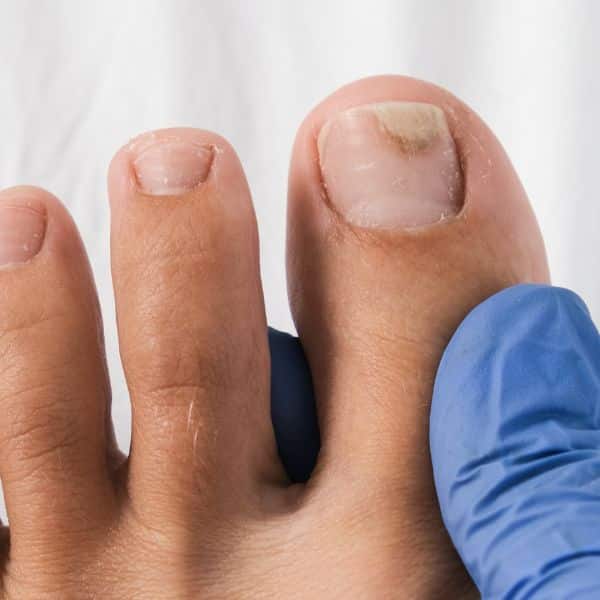Shockwave therapy has emerged as a promising and effective treatment option for tendinopathies, which encompass a range of tendon conditions characterised by degeneration or inflammation. Whether it’s Achilles tendinopathy, tennis elbow (lateral epicondylitis), patellar tendinopathy, or any other tendon-related issue, shockwave therapy can offer significant benefits.
Here are six ways shockwave therapy can help with tendinopathies.
#1 Increased Blood Flow And Metabolism
Shockwave therapy promotes increased blood circulation to the affected tendon. The application of high-energy sound waves stimulates the formation of new blood vessels (neovascularization) in the injured area. This enhanced blood flow brings a fresh supply of oxygen, nutrients, and growth factors, essential for tissue repair and regeneration. Improved blood circulation and metabolism accelerate the healing process and aid in resolving tendinopathies.
#2 Stimulation Of Tissue Healing
Shockwave therapy triggers the release of various growth factors, such as transforming growth factor-beta (TGF-β), vascular endothelial growth factor (VEGF), and platelet-derived growth factor (PDGF). These growth factors play a crucial role in tissue healing and regeneration. They promote cell proliferation, stimulate the production of new collagen fibres, and encourage the remodelling of damaged tendon tissue. By enhancing these healing mechanisms, shockwave therapy helps restore the tendon’s structural integrity and function.
#3 Pain Reduction
Tendinopathies often cause significant pain, limiting the affected individual’s ability to perform daily activities or engage in sports. Shockwave therapy can effectively reduce pain associated with tendinopathies. The application of shockwaves has an analgesic effect on the nerves in the area, temporarily reducing pain sensations. As the therapy progresses and the underlying tendon condition improves, pain relief becomes more sustainable, allowing patients to engage in rehabilitative exercises and activities that were previously too painful.
#4 Reduction Of Inflammation
Inflammation is a common component of tendinopathies. The mechanical energy delivered by shockwave therapy helps modulate the inflammatory response in the affected tendon. It decreases the production of pro-inflammatory mediators, such as interleukin-1 and tumour necrosis factor-alpha, while promoting the release of anti-inflammatory cytokines. By mitigating inflammation, shockwave therapy reduces pain, swelling, and stiffness, facilitating a favourable environment for healing.
#5 Breakdown Of Calcifications
Calcific tendinitis occurs when calcium deposits or calcifications form within the tendon, leading to pain and restricted movement. Shockwave therapy can effectively break down these calcifications. The intense energy of the shockwaves disrupts the calcific deposits, breaking them into smaller particles that are easier for the body to absorb and eliminate. This process, known as cavitation, relieves pain, improves range of motion, and promotes tendon healing.
#6 Improved Tissue Remodelling
Tendinopathies can result in abnormal collagen formation and disorganised tendon structure. Shockwave therapy helps initiate the remodelling of damaged tendon tissue. The mechanical stress delivered by the shockwaves stimulates fibroblast activity, promoting the production of new collagen fibres. These fibres align in a more organised and functional manner, restoring the normal architecture and strength of the tendon. Improved tissue remodelling facilitates improved tendon function and resilience.
Treating Tendinopathies With Shockwave Therapy
It’s important to note that the effectiveness of shockwave therapy for tendinopathies may vary depending on the specific condition, the stage of the injury, and individual factors. The treatment plan and number of sessions required will be determined by a healthcare professional experienced in shockwave therapy, based on your specific needs and response to treatment.
Shockwave therapy offers a non-invasive, safe, and potentially effective option for individuals suffering from tendinopathies. It has gained recognition as a conservative treatment approach that can potentially provide relief and promote healing without the need for surgery or prolonged use of medications.
In conjunction with shockwave therapy, healthcare professionals may also recommend a comprehensive rehabilitation program tailored to the specific tendinopathy. This may include exercises, stretching, and other modalities to further promote healing, restore flexibility, and strengthen the surrounding muscles.
While shockwave therapy has shown promising results in treating tendinopathies, it’s essential to consult with a qualified healthcare professional experienced in this modality. They will assess your specific condition, provide an accurate diagnosis, and determine if shockwave therapy is suitable for you. They can develop a personalised treatment plan based on your needs, ensuring optimal outcomes and a safe recovery.
If you’re struggling with any form of tendinopathy get in touch or drop into our Northwich clinic and one of our professionals will be able to tell you if shockwave therapy is the right choice for you. In the event it isn’t, we’ll be able to provide alternative treatments for your tendinopathy issue.





